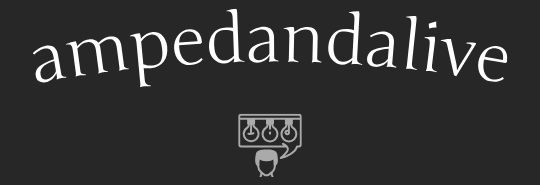Exploring Expert Tips for Vibrant Digital Coloring
In the world of digital art, mastering the art of digital coloring is essential for creating vibrant and captivating artwork. Whether you’re a beginner or an experienced artist, learning expert tips can elevate your coloring techniques and bring your artwork to life.
Choosing the Right Software and Tools
The first step in mastering digital coloring is selecting the right software and tools for your artistic needs. Popular software options like Adobe Photoshop, Procreate, and Clip Studio Paint offer a wide range of brushes, blending modes, and color adjustment tools that can help you achieve the desired effect in your artwork. Experiment with different software options to find the one that best suits your workflow and artistic style.
Understanding Color Theory
A solid understanding of color theory is crucial for creating vibrant and harmonious artwork. Familiarize yourself with concepts such as hue, saturation, and value, as well as color schemes like complementary, analogous, and triadic. Experiment with different color combinations to evoke different moods and emotions in your artwork. Remember that color is a powerful tool for storytelling and can greatly impact the overall impact of your piece.
Mastering Blending Techniques
Blending techniques are essential for creating smooth transitions and gradients in your digital artwork. Experiment with different blending modes and brush settings to achieve the desired effect. Practice blending colors using techniques like layering, smudging, and gradient maps. With patience and practice, you can achieve seamless blends that add depth and dimension to your artwork.
Utilizing Layers Effectively
Layers are a powerful tool in digital art that allow you to work non-destructively and make changes to your artwork at any time. Organize your artwork into separate layers for different elements such as line art, base colors, shadows, and highlights. Experiment with layer blending modes and opacity settings to achieve different effects. Don’t be afraid to experiment with layer masks and adjustment layers to fine-tune your artwork.
Adding Depth and Dimension
Adding depth and dimension to your digital artwork is essential for creating a sense of realism and visual interest. Experiment with techniques like shading, highlighting, and texture to add depth to your artwork. Use techniques like atmospheric perspective and occlusion shadows to create the illusion of depth and distance. Remember to vary your brush strokes and pay attention to light sources to create convincing lighting effects.
Exploring Special Effects
Special effects can add an extra layer of visual interest to your digital artwork. Experiment with techniques like adding textures, overlays, and filters to achieve different effects. Use brushes with unique textures and patterns to add depth and visual interest to your artwork. Don’t be afraid to experiment with different effects and techniques to create unique and eye-catching artwork.
Refining Your Technique
Like any skill, mastering digital coloring takes time, patience, and practice. Don’t be afraid to experiment with different techniques and styles to find what works best for you. Study the work of other artists and analyze their techniques to gain inspiration and insight. Remember that mastery is a journey, not a destination, and that every artwork you create is an opportunity to learn and grow as an artist. Keep pushing yourself to improve and refine your technique, and you’ll be rewarded with vibrant and captivating artwork that showcases your unique artistic vision. Read more about coloring digital art tips

